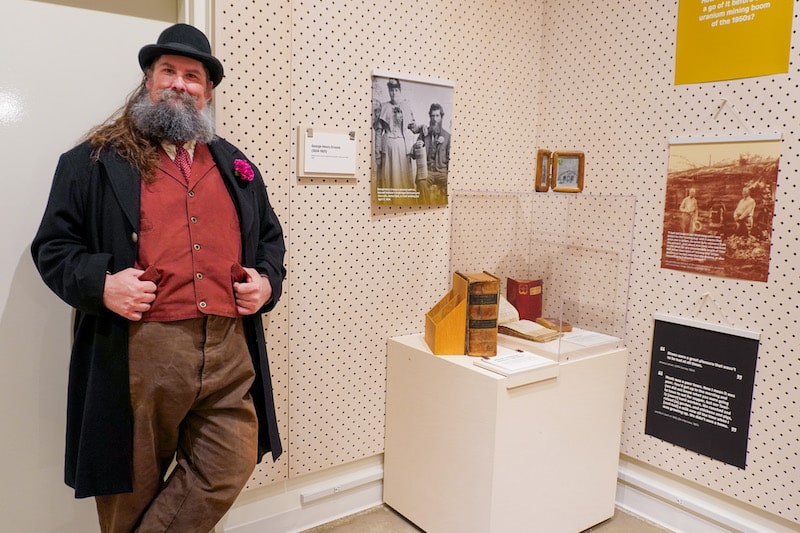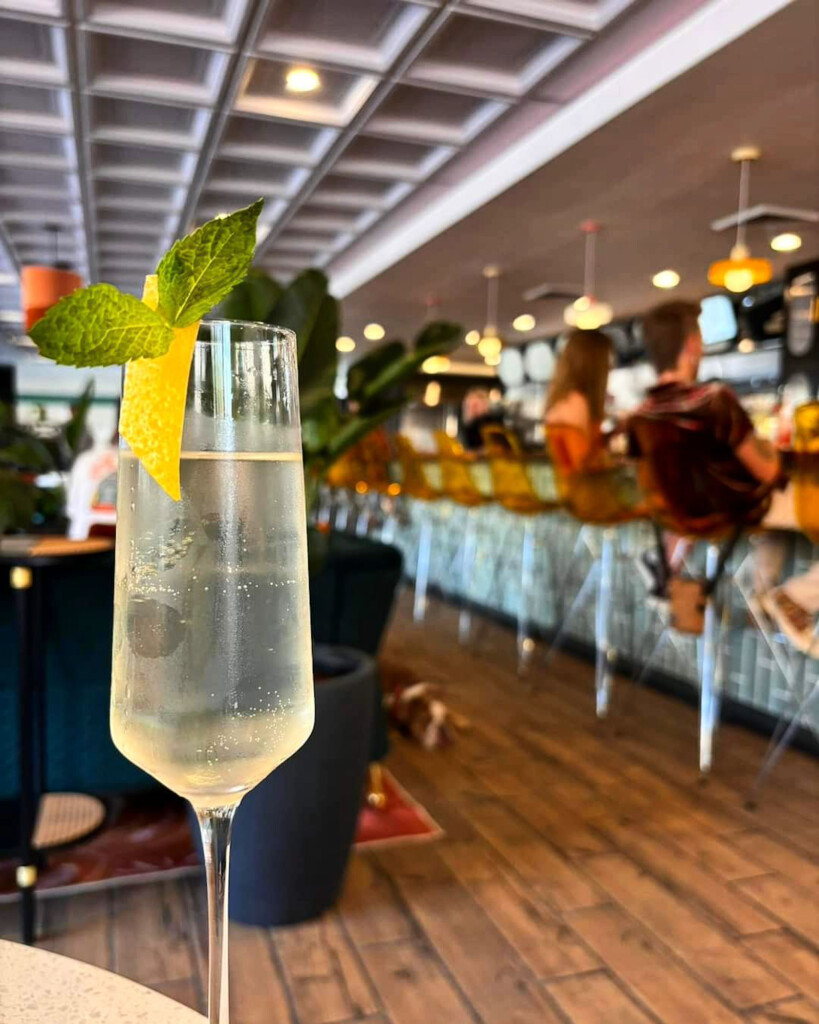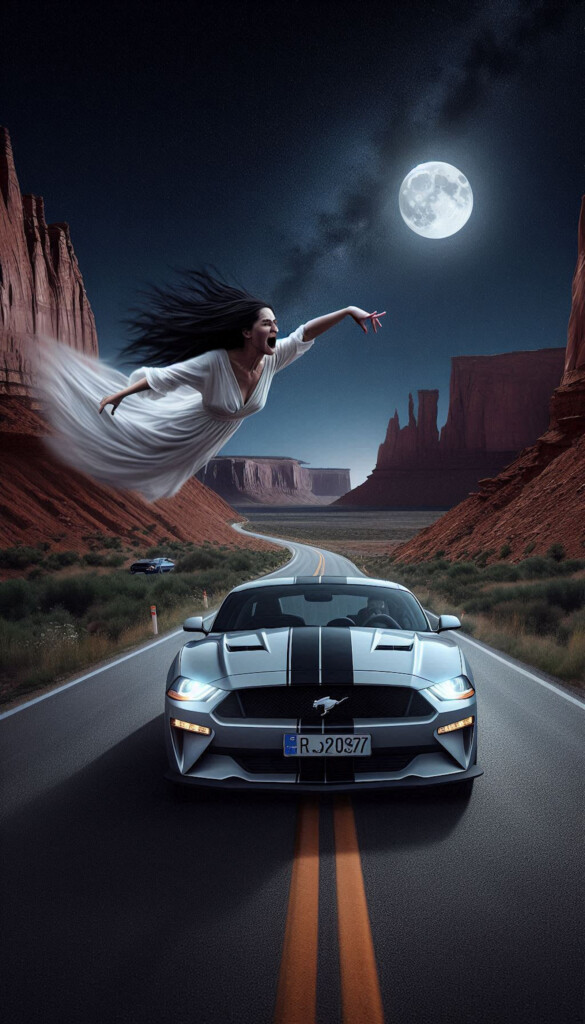The Moab Museum’s new temporary exhibition, A Grand Heritage: Stories from the Oral History Archive, features first-person accounts from Moab’s pre-uranium history, built around oral histories between the late 1880s and the early 1920s. The exhibition will be on display through the end of April 2023.
The exhibition is organized around several frequently asked questions in the Moab Museum such as, “What was the landscape like back then,” “How did settlers get here,” and “What did people do to make a living before the uranium boom?” These questions are directly answered by stories from the oral history archive and first-person accounts from people who lived in the Moab Valley from 1880-1920.
The year 2022 marked the fiftieth anniversary of the publication of Grand Memories, published by Moab’s Daughters of Utah Pioneers, which chronicled histories of some of the first Euro-American settlers of the region. To celebrate this anniversary, the exhibition invites visitors to dive into the Moab Museum’s Oral History Collection for some more memories of Grand County residents, recently digitized as part of the Community History Program, which is supported by Utah Humanities.
“In order to make the exhibition possible, and to make the oral history archive a much more usable resource, a lot of work has gone into it over the past few years,” said Mary Langworthy, community relations manager at the Moab Museum. “We’ve been organizing, digitizing, and making the archive much more accessible to the public online and through the research library, the wealth of information we have here in the collection,” Langworthy said.
This exhibit is a culmination of years of efforts from staff and volunteers. The oral histories themselves were originally on cassette tapes or scanned copies, which needed digitizing to make the stories publicly available and long-term viable. The Museum’s goal with the Community History Project is to bring these oral histories back into the public eye, many of which have not been listened to since they were recorded on tape, decades ago.
History is far more than names and dates — it’s a rich and complex web of stories and memories that provide depth and texture to our understanding of the past. The Moab Museum has more than 150 oral histories, interviews, and conversations with Moabites from nearly a century ago to the present, that are a part of the collection. The stories that A Grand Heritage showcases represent only the tip of the iceberg when it comes to the full collection, which goes into depth on family stories from Doc Williams, Moab’s first doctor, the Taylor family, as well as family names that are less recognizable to Moab locals.

A Grand Heritage asks visitors to reflect upon the past as much as it teases out answers regarding where the town is headed. “Guests are invited to reflect upon what has changed in Moab and what has stayed the same over generations. People can write a response and see what others have thought in response to those questions,” Langworthy said about the exhibition.
At the exhibition opening, hosted earlier in March of this year, Museum Members had an opportunity to record their own stories and build upon the existing collection.
Accompanying the exhibition, the Moab Museum will host the last community history workshop of the spring, Recording Stories, on April 26th from 5 to 6pm. Recording Stories is an introductory workshop designed to give participants an overview of oral history collection and the skills to interview family members, friends, neighbors, and community members. Registration is not required.
The exhibition also dovetails with the Museum’s recently launched agritourism program and walking tour: Livestock Built This City, which showcases Moab before the uranium boom and subsequent transformation of Moab into a bustling hub. The walking tour is held every Thursday at the Museum, departing at 10am, rain or shine.
Though the temporary exhibition will conclude at the end of April, many of the oral histories featured within the exhibition can be found on the Moab Museum website. Even more can be viewed in the Moab Museum’s research library by appointment with guidance from the museum’s curatorial and collections manager.
The Moab Museum is dedicated to sharing stories of the natural and human history of the Moab area. To explore more of Moab’s stories and artifacts, find out about upcoming programs, and become a member, visit the website.




